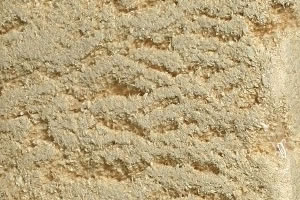What litter can I use and where can I get it?
The litter determines how comfortable your dry toilet is to use!
Bedding is important. This is the carbonaceous matter that is part of the nitrogen/carbon equation that makes composting dry toilets work.
Dry litter absorbs liquid matter, but also covers up odors.
What’s more, it allows aeration (coarse litter doesn’t suffocate the compost) and is a suitable environment for the aerobic bacteria that are essential to compost.
A good litter not only masks odours, but also ensures
a good decomposition process in the compost (and no putrefaction).
(and no putrefaction).

Special litter for dry toilets, made from wood shavings and chenevotte (ground hemp).
Dry, plant-based litter
Any dry plant material can be used. Litter can be made up of wood shavings, sawdust, straw (preferably chopped), hay, dry tree leaves or fine shredded branches.
But also cardboard or shredded paper, …
Ideally, you should make one from a mixture of all these elements.
Toilet paper and cardboard from the roll have their place in dry toilets. (rapidly biodegradable cellulose).
Wood chips are available from sawmills and carpenters.
But beware of exotic wood species and particleboard residues full of glues and other chemicals.
Note that Lécopot offers
chip trays
for waterless toilets, with or without lid.
You can buy bags of compressed shavings for horse bedding at agricultural cooperatives and garden centers. They offer excellent value for money (around €13 for 100 liters compressed).
Or buy straw from your local farmer (some make shredded straw, which is ideal for use in BLTs).
Some BLT manufacturers and organic stores offer ready-to-use litter mixes.
ready-to-use litter
.
Another example of collective ecological management on carbon litter: The
TRECOFIM system
Feel free to post your message in the forum